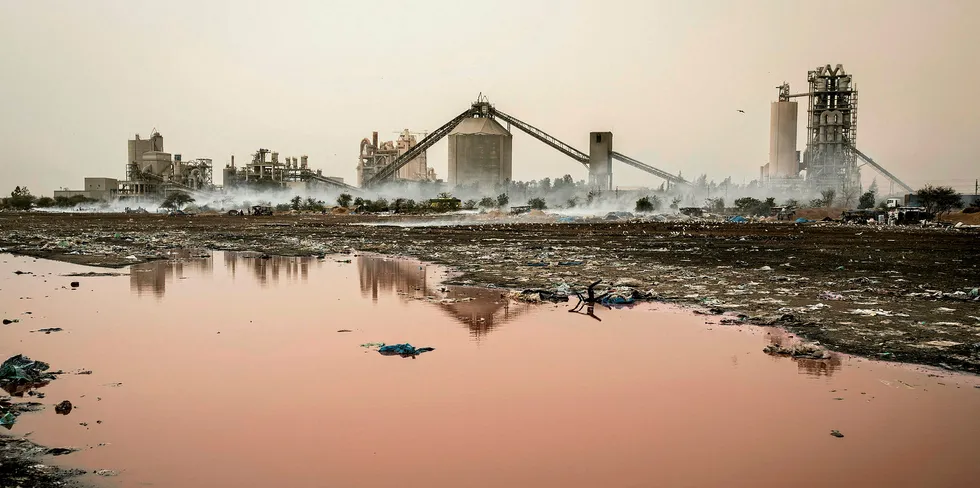The future of CCUS: New technologies that fight climate change with captured CO2
McKinsey consultants explore the practical uses of carbon dioxide that can help accelerate the adoption of carbon capture, utilisation and storage

McKinsey consultants explore the practical uses of carbon dioxide that can help accelerate the adoption of carbon capture, utilisation and storage
